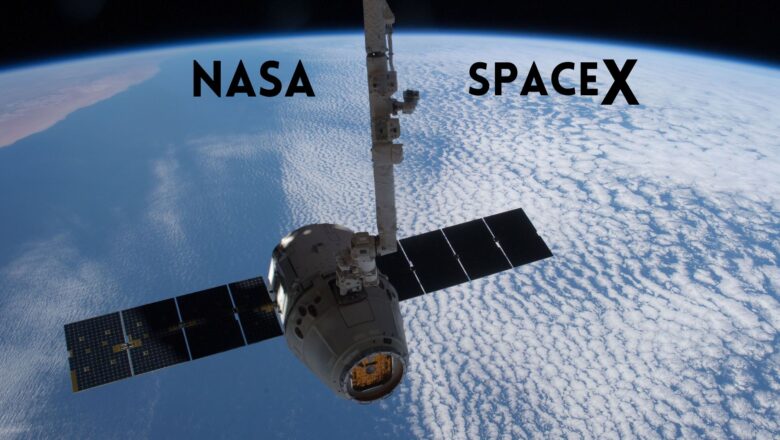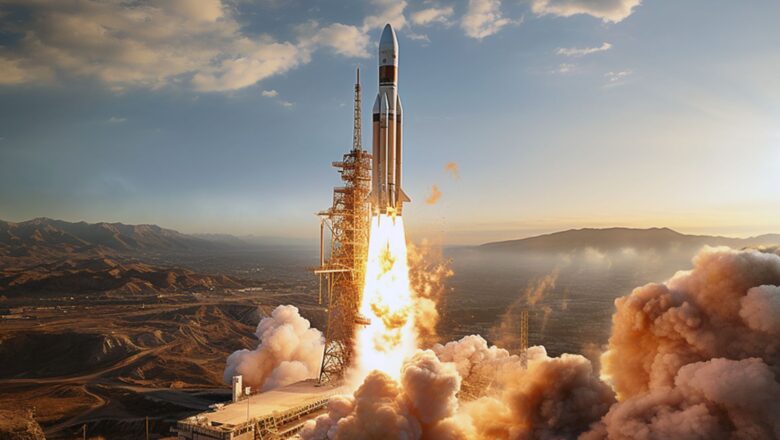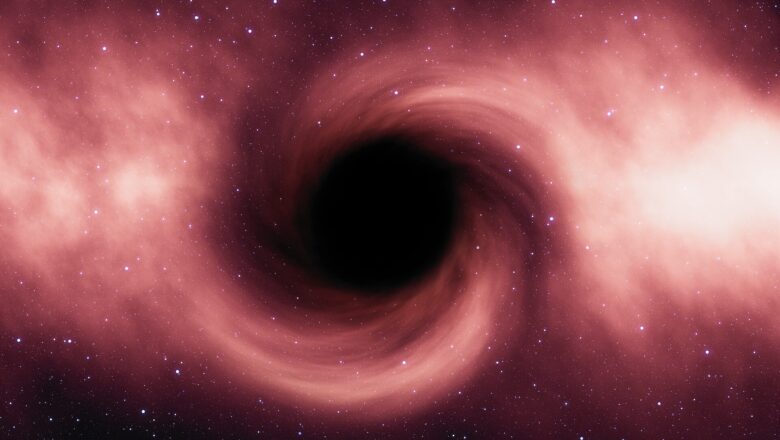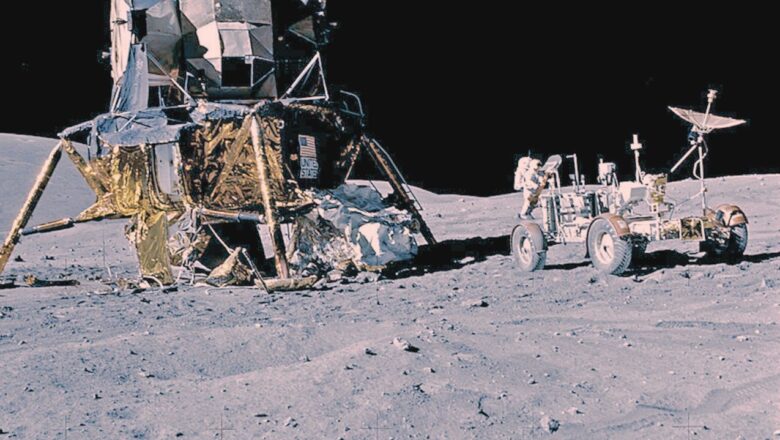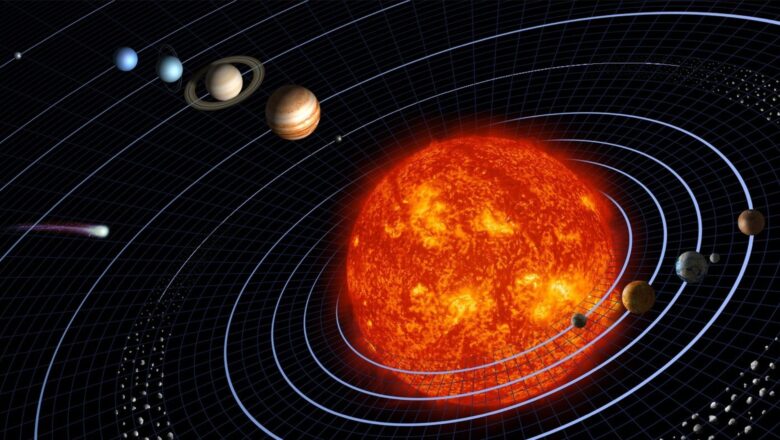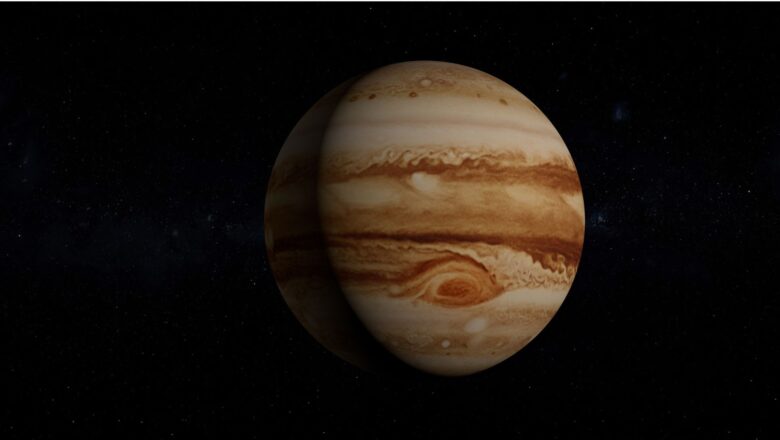
Astronomers Discover Universe’s Largest Water Reservoir in Distant Quasar
Astronomers have identified an enormous water reservoir surrounding a quasar located over 12 billion light-years away, offering a glimpse into the universe’s distant past. This quasar, APM 08279+5255, is powered by a supermassive black hole approximately 20 billion times the mass of the Sun and emits energy equivalent to a thousand trillion suns.
The discovery reveals an astonishing 140 trillion times the volume of Earth’s oceans in water vapour, making it the largest and farthest known water source in the universe.
The quasar’s environment is highly unique, with a mix of hydrogen-rich gases like water vapour and carbon monoxide forming a region spanning hundreds of light-years. Despite the gases being sparse compared to Earth’s atmosphere, they are remarkably warm and dense for such...

